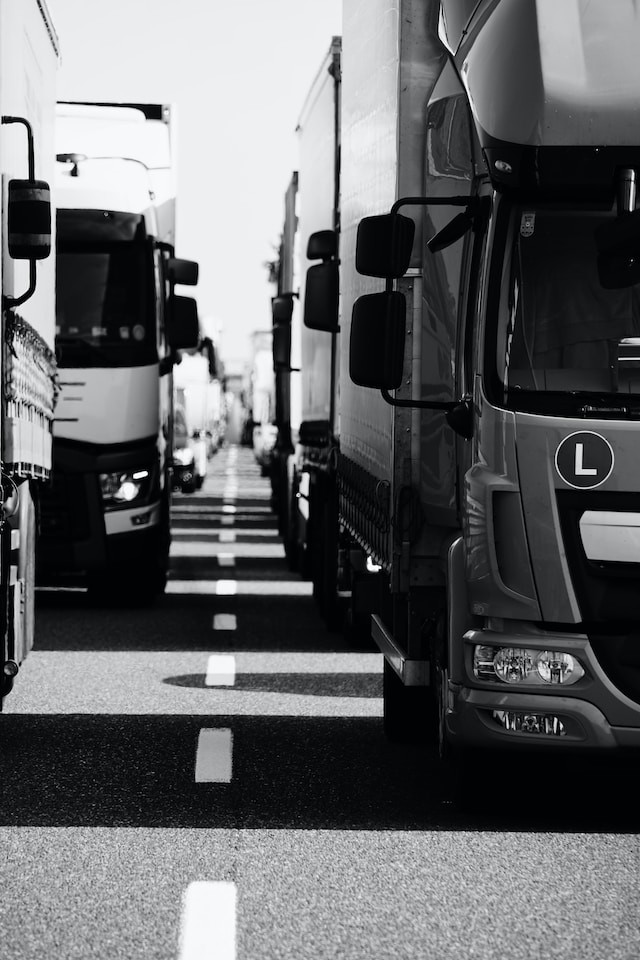
How Freight Forwarding Works
How Freight Forwarding Works
As a professional in the freight forwarding industry, here at Route Systems Limited we understand that finding the right logistics partner can be a challenge. That's why at our One Stop Shop for all your freighting needs, we offer a wide range of services designed to make your job easier.
Here is how it works:
Stage 1: Agreement on Terms of Trade
Before the shipment begins, the importer and the supplier agree on the terms of trade, typically using International Commercial Terms (Incoterms). Incoterms are internationally recognized rules that define the responsibilities of both parties regarding the goods' transport, insurance, and customs clearance.
Stage 2: Origin Handling and Export Clearance
Once the terms of trade are established, the freight forwarder arranges for the goods to be moved from the supplier's location to the next point in the supply chain. This may involve transporting the goods to a seaport, airport, or other transportation hubs. Additionally, the freight forwarder ensures that the cargo undergoes the necessary inspections and meets the customs requirements of the origin country.
Stage 3: Export Customs Clearance
During this stage, the freight forwarder assists in coordinating the relevant paperwork between the supplier and the recipient of the goods. This documentation ensures compliance with the laws and carrier requirements of the destination country. It serves as a "passport" for the shipment, allowing it to proceed smoothly through customs.
Stage 4: Import Customs Clearance
Once the goods arrive in the destination country, the freight forwarder verifies that the paperwork meets the required customs and quarantine standards. To minimize delays, a reputable freight forwarder will request and prepare this information in advance. Upon clearance, the goods are approved for release into the destination country.
Step 5: Onward Transportation to the Final Destination
After the goods are cleared for import, the freight forwarder arranges for their onward transportation to the final destination. This could involve direct delivery to the customer's warehouse or store, or, if necessary, transportation to a warehouse managed by the freight forwarder. In the case of a third-party logistics provider (3PL), the goods may be stored in a warehouse operated by the freight forwarder until further distribution is required.
For a no obligation quote and consultation we are committed to providing you with the best service possible, and we look forward to helping you succeed in your business endeavors.